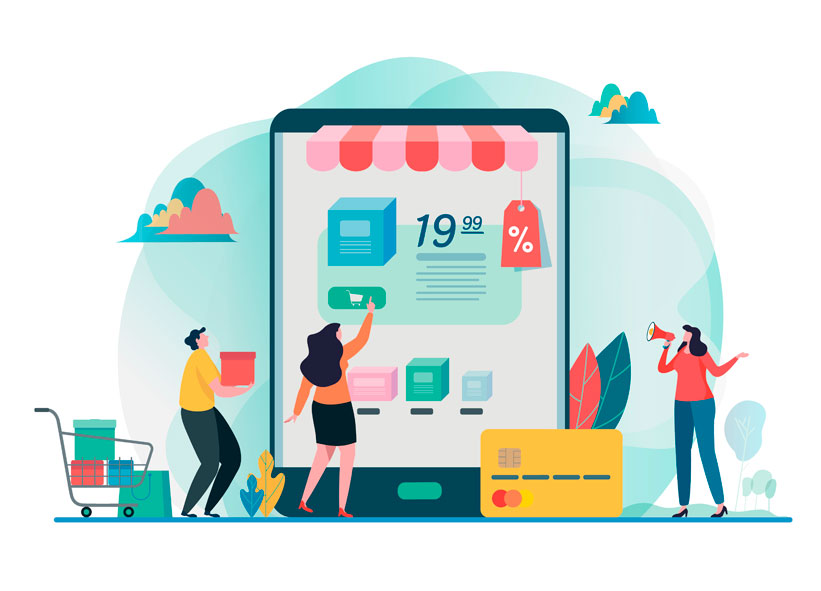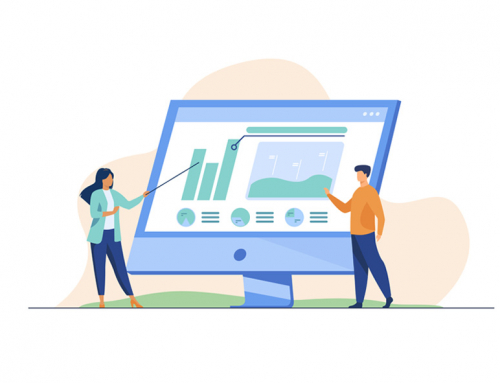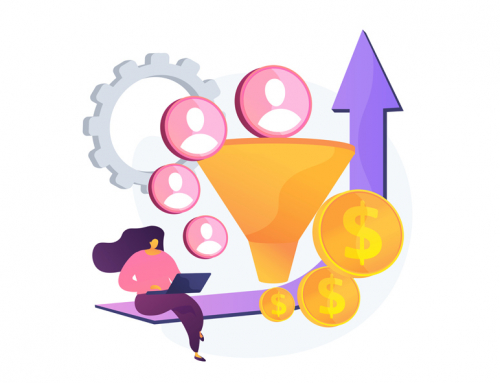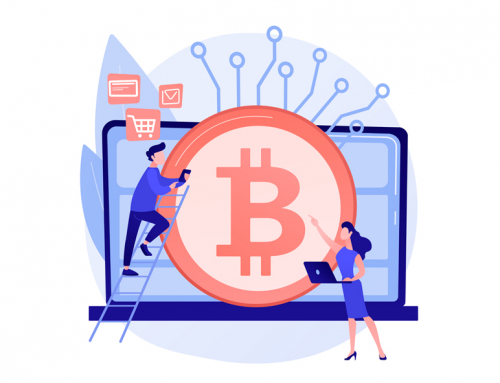If you already have your own Online Store, your goal is to sell more. And for that, you already use social networks, mailing, positioning your brand, your products, etc. But there are many other ways to improve presence and sales. There is no single strategy, and there can not be a single sales system. For many, they go to “corner” or pop-up systems, where they have the advantages of physical store, but without additional expenses, problems of conditioning, security, etc.
But can there be more systems to increase sales?
Yes, look for more channels. The commercials.
Commercial, can I afford it?
Manage commercials with commissions for sale. No fees or fixed expenses, all depending on the billing.
How to get commercials?
You can search for them, or enable the option of external commercials in ByComercial.
With commercials without additional fixed expenses, an additional sales system is created that does not exclude others. But you have to manage people, something that requires:
1.Empathy
2.Motivation
3.Control
The first 2 are the manager’s job, but for the third you need to digitize the process. For this you need to control the entire commercial network with efficiency, thinking of creating teams by zones, creating strategies, points of attack, new clients, reviewing old clients, …
This entails having teams with a structure of business organization, with commercial director, heads of sales, heads of product, commercial, etc.
1. Encourage the purchase by reducing entry barriers.
All those elements that force the buyer to make an additional effort to the purchase itself must be eliminated as necessary. If you force a minimum purchase, an advance payment, and advance payment, etc. you will create a problem in a sale. Play with cash on delivery, discounts for early payment, etc.
2. Increase sales with 2×1 discounts and not with 50%
If you buy something and at a certain time it is reduced to 50%, the buyer always thinks about waiting for the offer (the big mistake of the internet discount days). If the option is the sale of additional products with discounts, the perception is different.
3. Reduce the size / weight of the Product
Do not touch the margin, but if the weight, size, even packaging, to boost the purchase by stimulus. Change those conditions improves the price, but always that is perceptible by the customer, that is to say that it sees in which the reduction has taken, or just the opposite, because buying more I have more product, but to lower price.
A good strategy to reduce prices without touching the margin of the company may be to thin a product slightly, without it being perceived by the consumer. This is the line that some large-scale food companies could follow to fight against the increase in the cost of raw materials. You have to save the benefits without having to increase prices in a time of crisis.
3. Defer the time of payment without interest
Buy today, pay in several installments. Formula only available to companies of a certain level, but can also afford the customer when paying by credit card.
4.Products for a symbolic price
A daily menu for one euro with first and second courses, drinks and dessert is the offer that a restaurant could indicate in a point of reference on how to fight against the crisis. The customers queued at their doors.
Undoubtedly, in a promotion of this type the price of one euro is a symbolic value. The price of one euro attracts more attention than if they gave it away. There are many people who give free things, but in this case it is offered for a euro something that is worth a lot of money. Although the ideal thing to do this kind of strategies is to look for an item with low cost and high perceived value.
5. Give product on specific dates
“XXX gives salmon for Christmas.” With this striking slogan, the smoked XXX brand began a few years ago an aggressive campaign aimed at transmitting the idea that it gives away its products during the months of November and December, right in the middle of the Christmas season, when the consumption of these foods increases the most .
Their products were accompanied by an adhesive that the consumer must fill out and send with the purchase ticket to get the money back. But it is a campaign with small print: the return could not exceed the limit of 10 euros. Actually, basically it would be the same to say that when buying a package of salmon, they give away another. But this campaign was much more striking from the point of view of communication and, above all, limited the possibility of accumulating offers: the same household could not get more than 10 euros off.
The objective of the campaign is in the long term. With this type of strategy, XXX would try to stop the salmon from being perceived as something expensive and exclusive to become an item within reach of all pockets, in addition to seeing itself as a healthy and economical alternative at Christmas.






